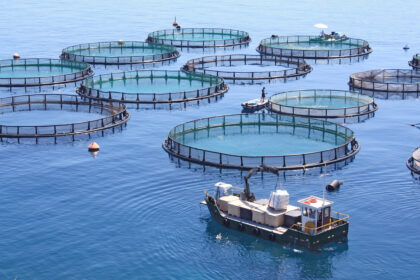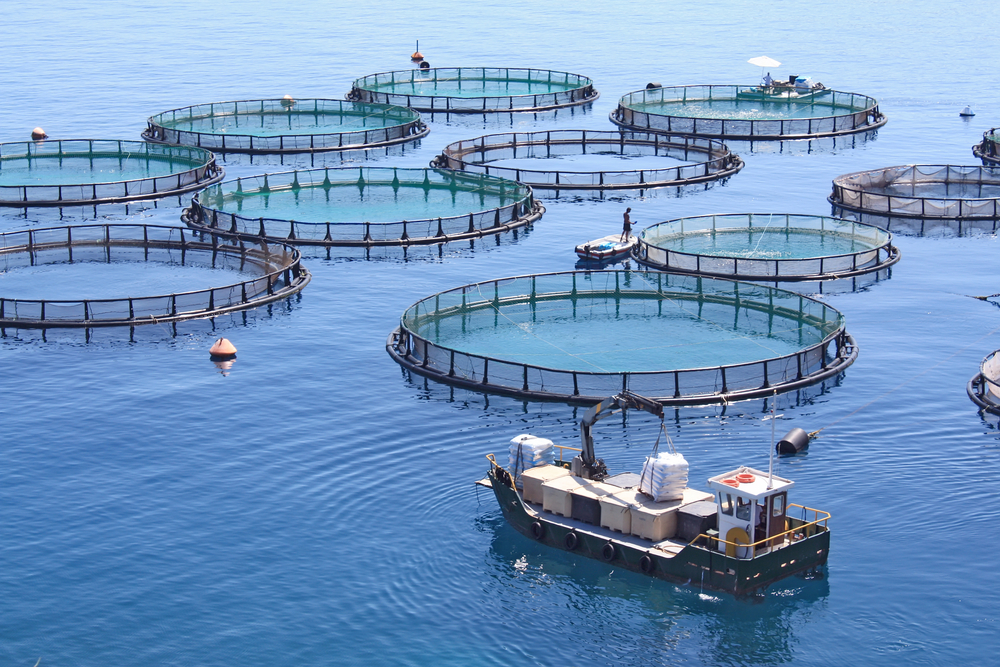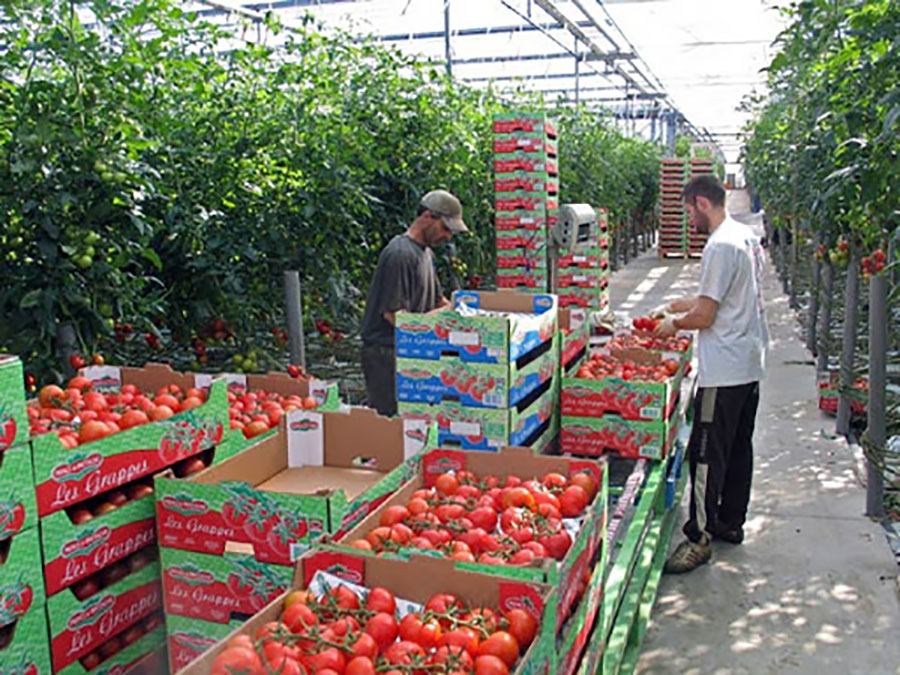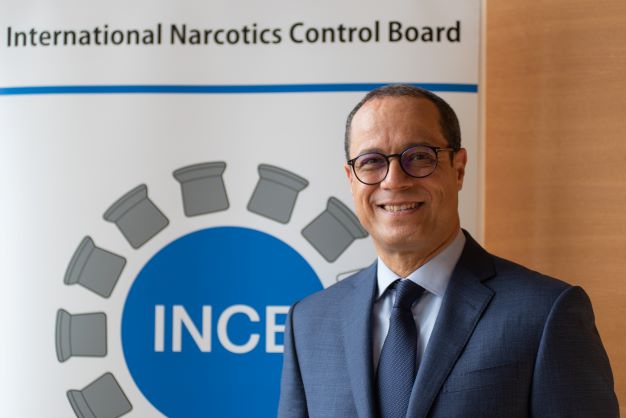 Norway and the Netherlands have contributed $2.5 million in a fish farming project launched Thursday in Morocco. The project is meant to promote aquaculture industry, techniques and skills in Morocco.
Norway and the Netherlands have contributed $2.5 million in a fish farming project launched Thursday in Morocco. The project is meant to promote aquaculture industry, techniques and skills in Morocco.
It is supported by the UN Food & Agriculture Organization (FAO), Moroccan fisheries Department and the National Aquaculture Development Agency.
The project, which is in line with Morocco’s fishing strategy (Halieutis), will help train local aquaculture technicians and enable them acquire the necessary skills for future aquafarming projects to be launched along the country’s Atlantic and Mediterranean coasts.
Norway’s financial contribution to the project amounts to $1.65 million and that of the Netherlands to $0.85 million.
Due to restrictive travel measures adopted by Morocco as part of the fight against the spread of the Covid-19 virus, the various partners involved in this project launched it by videoconference.
Ultimately, this initiative provides for the installation of a demonstration / training station for fish production and shellfish farming off Sidi Ifni through a public-private partnership, says a press release, stressing that this station will serve as a practical base for the training of trainers, specialized workers and skilled workers in all aquaculture trades and will be combined with theoretical training in the Sidi Ifni maritime professional qualification center (CQPM).
The project also provides for the development of training modules for specialized technicians, the development of Moroccan expertise in the field of aquaculture through the networking of Moroccan private actors with their international counterparts and the connection of Moroccan training / research institutions with others abroad.
The project seeks to support the development of high-water aquaculture sector and promote employment, especially for young people.
Morocco’s aquaculture dates back to 1950 with the launch of oyster farming in the lagoon of Oualidia. Intensive farms were then developed in 1985 on the Mediterranean coast in the lagoon of Nador and later on in the bay of M’diq.
Production was essentially focused on European Seabass, Gilt-headed Bream and Oysters.
Ten years later, shrimp farming was introduced at the Moulouya River mouth. While at the beginning of 2000 shellfish farming, dedicated primarily to bivalve shells, was launched in the bay of Dakhla.
Morocco’s aquaculture sector seeks to increase production from 1.6 ton reached in 2002 to 200,000 tons by 2020, accounting for 11 pc of total fisheries production.
Fisheries contribute 2.3 pc to Morocco’s GDP and the sector creates direct employment for 170,000 fishermen and indirect employment to an additional 500,000 people. It is estimated that 3 million people in Morocco depend on fisheries for their livelihoods.



